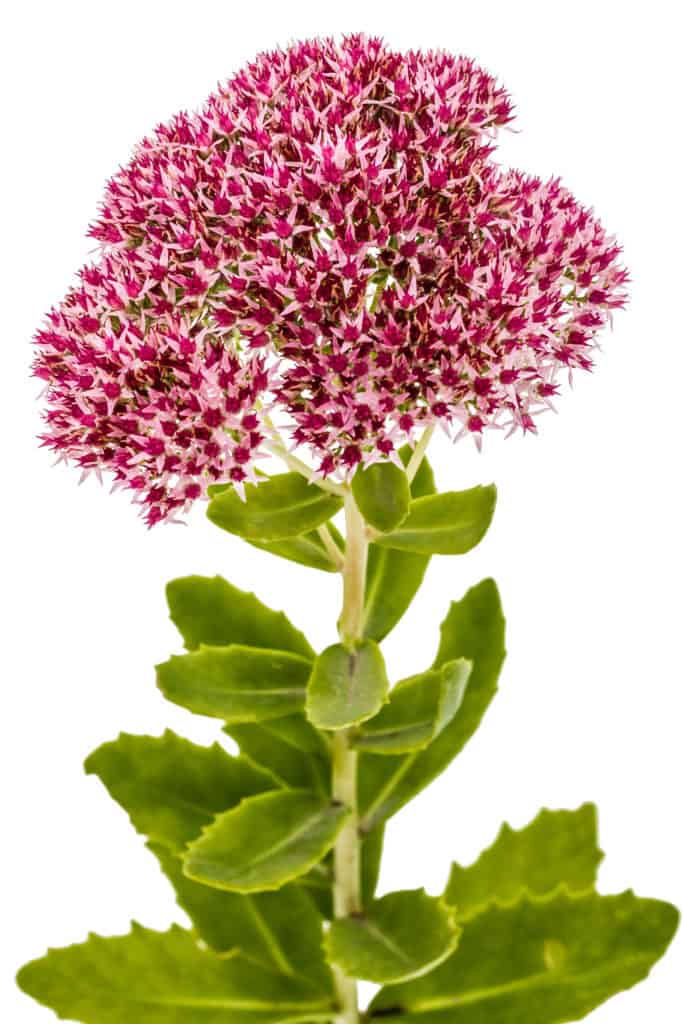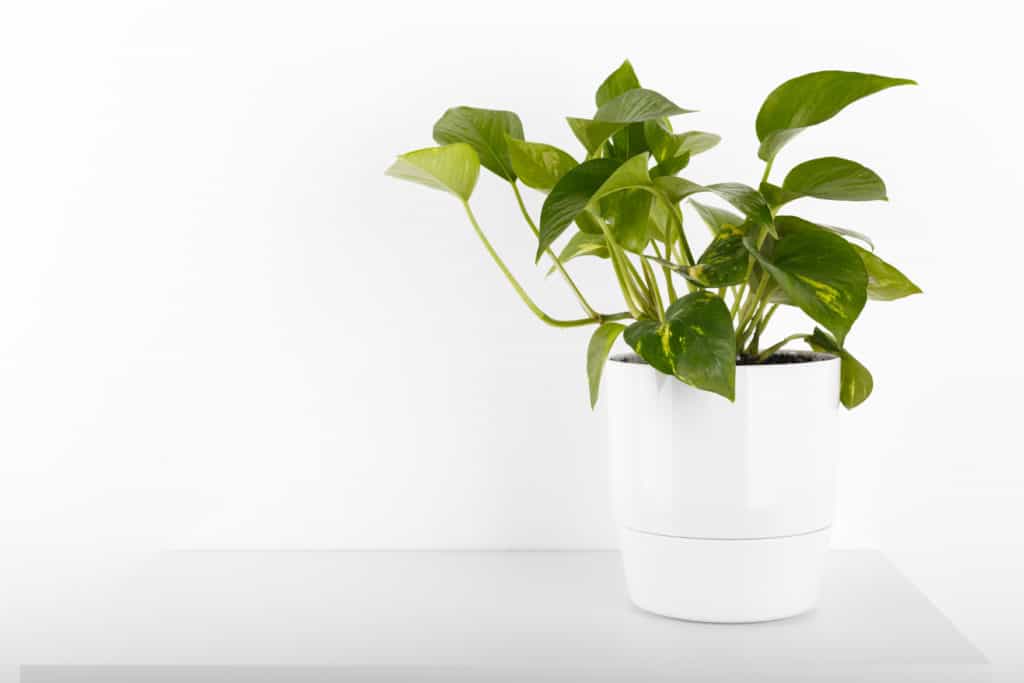Do you have a houseplant in your home? If not I highly encourage you to add one! Not only do they improve air quality and soften our styles with their organic shape, but they have been shown to improve your mood! As I gaze at the plant sitting next to my desk each day, I thought I would share my starter guide to houseplants.
Benefits of Houseplants
Besides the visual appeal houseplants provide in our home, there are many studies that show that they provide respiratory benefits by absorbing toxins, providing cleaner air, reducing fatigue, and improving focus.
If you remember from 6th-grade science, plants produce oxygen through photosynthesis. Just how many houseplants you need indoors to achieve purified air is a topic of hot debate. Nevertheless, houseplants are pretty in our homes and give us the satisfaction of caring for another living thing. Both of which make me happy.
Where to Start
Local plant nurseries usually have a variety of plants meant to live indoors. Besides supporting local businesses, shopping small business nurseries carries the additional benefit of knowledgeable employees. They can help you choose the right plants based on your experience level. Big box stores also carry large varieties of houseplants, but you are usually limited to the instructions on the plants as far as care.
If you really want to try your green thumb but don’t want to invest in a plant just yet, find another plant lover and ask if they have any cuttings to share. A “cutting” is part of a mature plant that is cut below a node on the mother plant to grow into a separate plant. This is known as propagation. Many cuttings can begin to root simply by placing them in water in a sunny place. Once the new roots are a few inches long, the cutting can be transferred to soil. I have a few plants that are over 10 years old that began as cuttings. Those same plants have been shared many times and made new plants also.
My 3 Favorite Houseplants for Beginners
Here are my 3 favorite houseplants that require very little care and are usually hard to kill. They are in order from hardest to kill to harder to kill.
Snake Plant aka Sansevieria
There is no doubt you have seen these plants in stores, movies, or friends’ homes. They can be purchased at any local nursery or big box store. Snake plants have tall flat leaves with pointed tops that grow straight up. These plants literally thrive on neglect. The mistake most often made is overwatering. These should be watered at most 1 every 4 months. They do well with very low light and even in rooms with no windows. (Although it should get a break every once in a while just to see the sun!) Mine lived happily in my foyer for a long time with only the light from the front door entering for part of the day.
Snake plants like to be crowded in their pots so do not feel like you have to repot a smaller plant. The pot needs to be able to drain the water out of the bottom also. Would you like to sit in a pool of water indefinitely? Snake plants don’t either. They produce new baby plants along the edges that are called pups. The pups can be removed and repotted to make new plants.

Succulents and Sedums
Succulents and Sedums are not one kind of plant but instead a family of plants. They are very hardy and come in so many amazing shapes and colors. Some are very slow-growing. Like the snake plant, they need to be in pots that drain well. Make sure your pot has a hole in the bottom and a little saucer underneath so the soil does not become waterlogged. Unlike the snake plant, succulents love sunlight. Similar to cactus, they love the sun and sandier soil. I grow them in my windows during winter and take them outdoors during spring and summer.
Sedums are very similar to the succulent family in care but grow a little faster and are easily propagated. My favorite sedums are “Autumn Joy Sedum” and “Hen and Chicks.” You water these more often in the warmer months. I just check to see if the soil around them is very dry by sticking my finger down into it. I usually pour a little water over them about once a month.

Pothos
Pothos is a family of plants that thrive in many different conditions. They come in many varieties with brilliant green colors. The leaves are oval with a pointed end and the stems grow into a trailing almost vining fashion. These are great if you wish to hang a houseplant. They do require more frequent watering- at least every month if not every week or two. The plant will begin to wilt when it is really thirsty! These are propagated easily also. My favorite is a marbled pothos. It has a blend of dark to light green colors in each leaf!

Where to Learn More
My Houseplant obsession has grown over the years. One of my favorite places to learn is from other like-minded plant lovers. I have joined several Facebook groups dedicated to houseplants. Just search “houseplants” in the group search and you will have so many to choose from. Be forewarned though, plant lovers are very passionate people. They love to take pictures with their plants dubbed “plant selfies” and often get creative with their posing. Some groups are buying and selling groups.
If you choose to buy a plant or cutting off the internet, please do your due diligence on choosing a seller. Because of the delicate nature of the plants, many do not survive shipping if not properly packaged. Exotic houseplants can cost you a pretty penny also. I witnessed a plant auction where a rare plant was sold for over $5,000. These plant people are not kidding!
Just Try!
Even if you believe you have a “black thumb,” I firmly believe there is a houseplant that is right for you! Most houseplants are relatively inexpensive. Even if you purchase a plant for $15 and it dies 6 months later, that is less than $3 a month that it costs you to enjoy its beauty in your home. You will never know unless you try!









